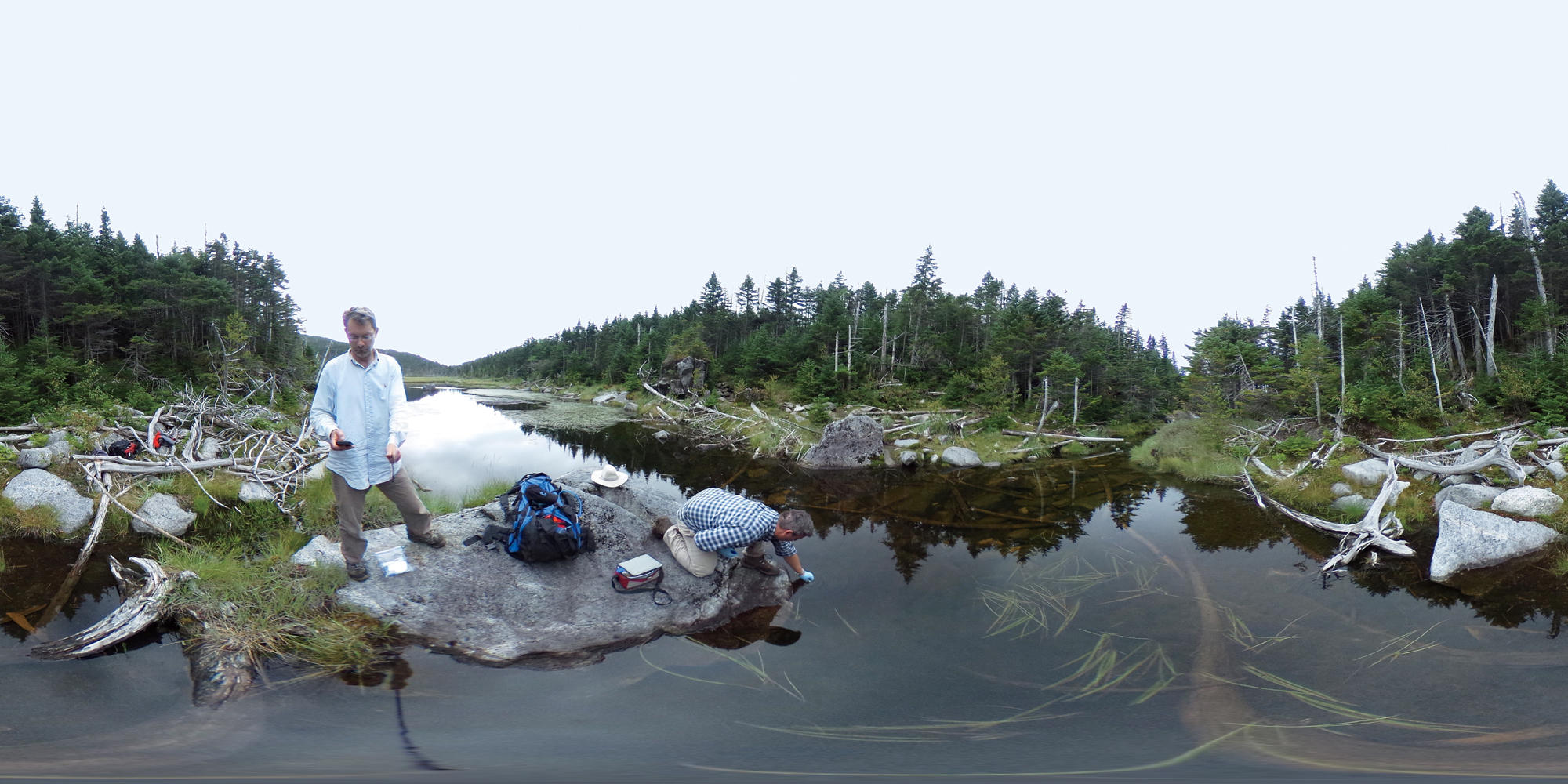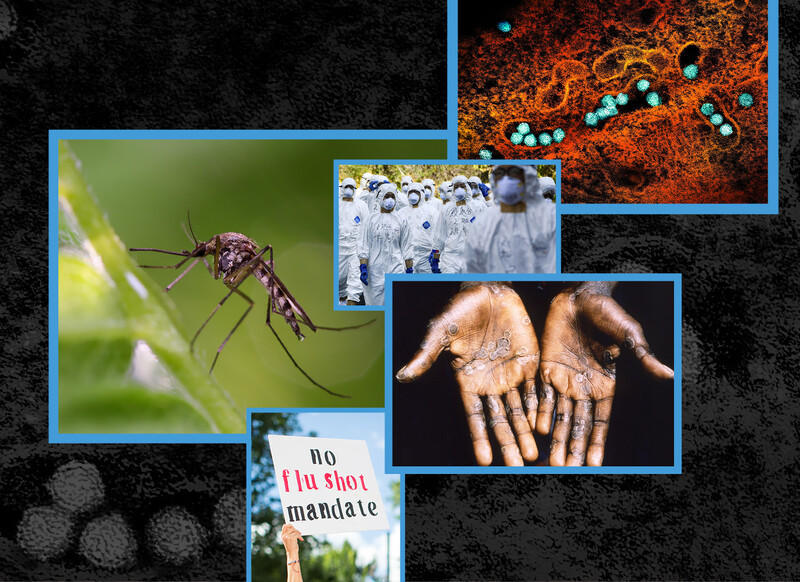In 1984, when the federal government declared a two-hundred-mile stretch of the Hudson River a Superfund cleanup site, the waterway was generally off-limits for recreational use. Now, after decades of progress in controlling industrial pollution, many towns along the river are again encouraging swimming and water sports.
But is all this splashing around really a good idea?
“Yes and no,” says Andrew Juhl, a Columbia marine biologist who studies the microbial ecology of rivers, lakes, and estuaries. “The Hudson is much cleaner than it used to be — but it still has its bad days.”
This past summer, Juhl and colleagues from several other institutions conducted an unprecedented health check of the entire 315-mile river system, from the headwaters in the upstate town of Keene to New York Harbor. The results, published on the website of the environmental nonprofit Riverkeeper, gave the Hudson a spotty but mostly positive health report.
The scientists’ primary concern was testing for Enterococcus, bacteria that live in the guts of warm-blooded animals, including humans, and are therefore a good indicator of fecal contamination. Pathogens found in feces, Juhl says, pose the most acute public-health threat in the Hudson River system today. He says that fecal contamination is especially a problem during heavy rains, when sewage pipes get inundated with storm water.
“The increased flow can overwhelm water-treatment plants, which may be forced to discharge the filthy mixture without treating it,” says Juhl. “If you come into contact with that water, you risk picking up bacteria or viruses that could give you an upset stomach, a skin rash, or an ear or eye infection.”
Juhl and his colleagues found the worst fecal contamination not in the Hudson itself but in several of its tributaries, including the Mohawk, Wallkill, and Saw Mill Rivers and Sparkill Creek. The waters surrounding New York City, in comparison, generally showed safe levels of Enterococcus.
“The smaller the river, the longer it takes for contaminants to get diluted,” says Juhl.
Both human and animal waste find their way into the Hudson River system. Identifying which is to blame in any given case of contamination — which Juhl is now attempting to do through DNA analysis with Queens College microbiologist Greg O’Mullan — is difficult but vital.
“If the source of contamination is a dog park or a flock of geese, the management solution is different than if it’s a farm or a failing sewage system,” says Juhl.
The most immediate lesson to be drawn from Juhl’s research, he says, is that water-quality testing should be done routinely in recreational areas. He says that water conditions at many locations in the Hudson River system vary dramatically from week to week, or even day to day, depending on the weather and other factors.
“People are accessing the rivers at more and more locations, which is good,” says Juhl. “But that makes monitoring efforts more important than ever.”



